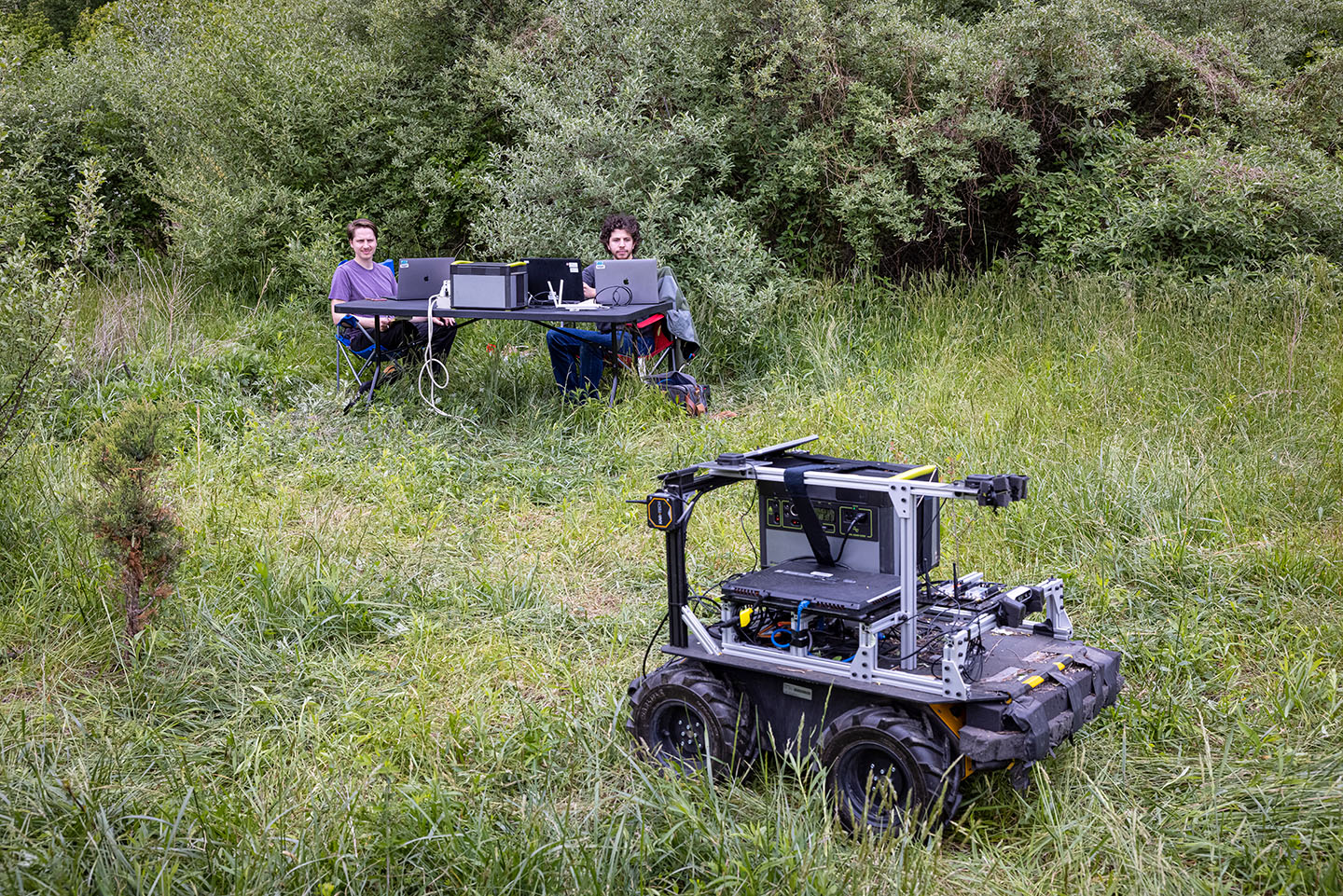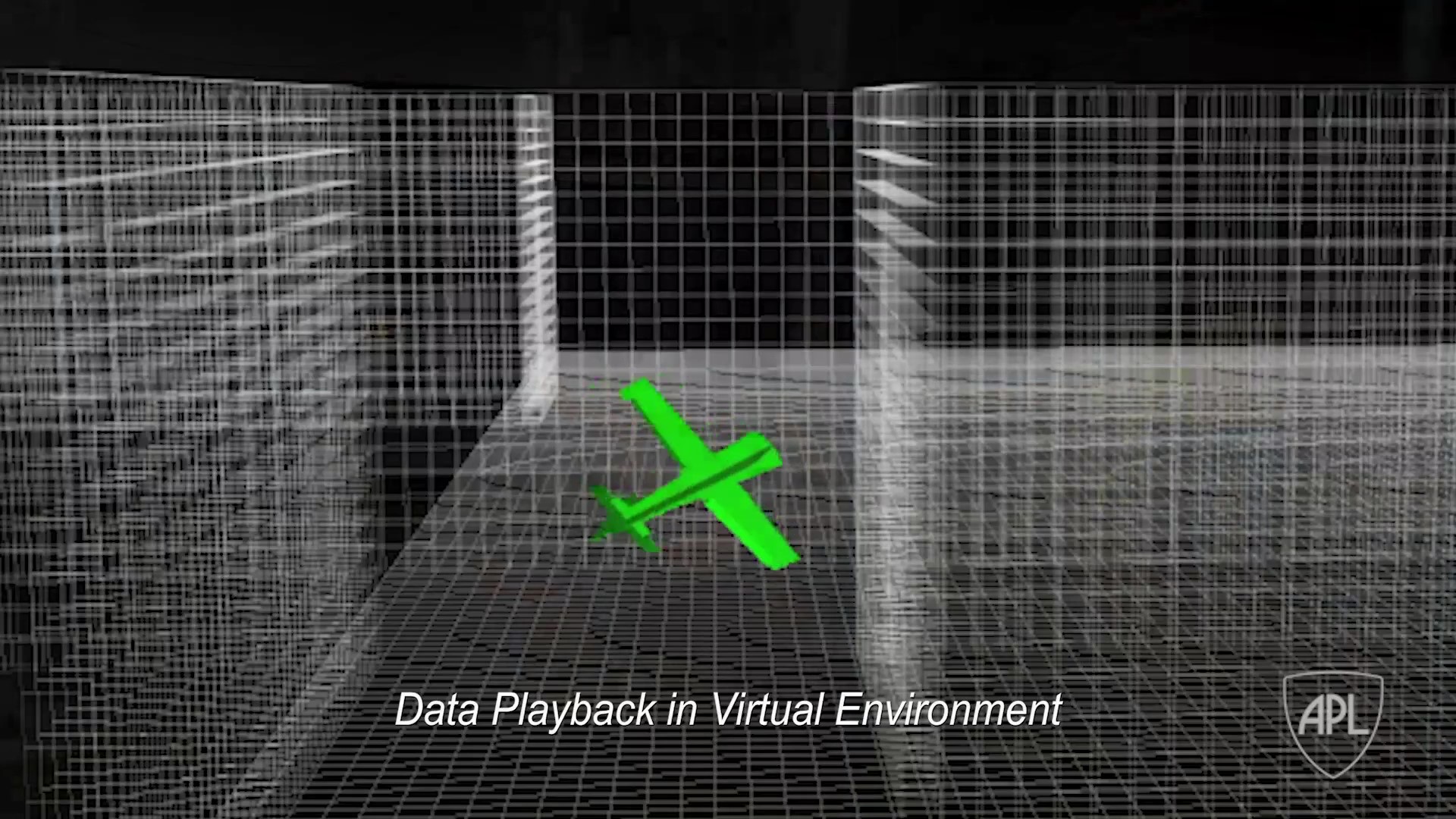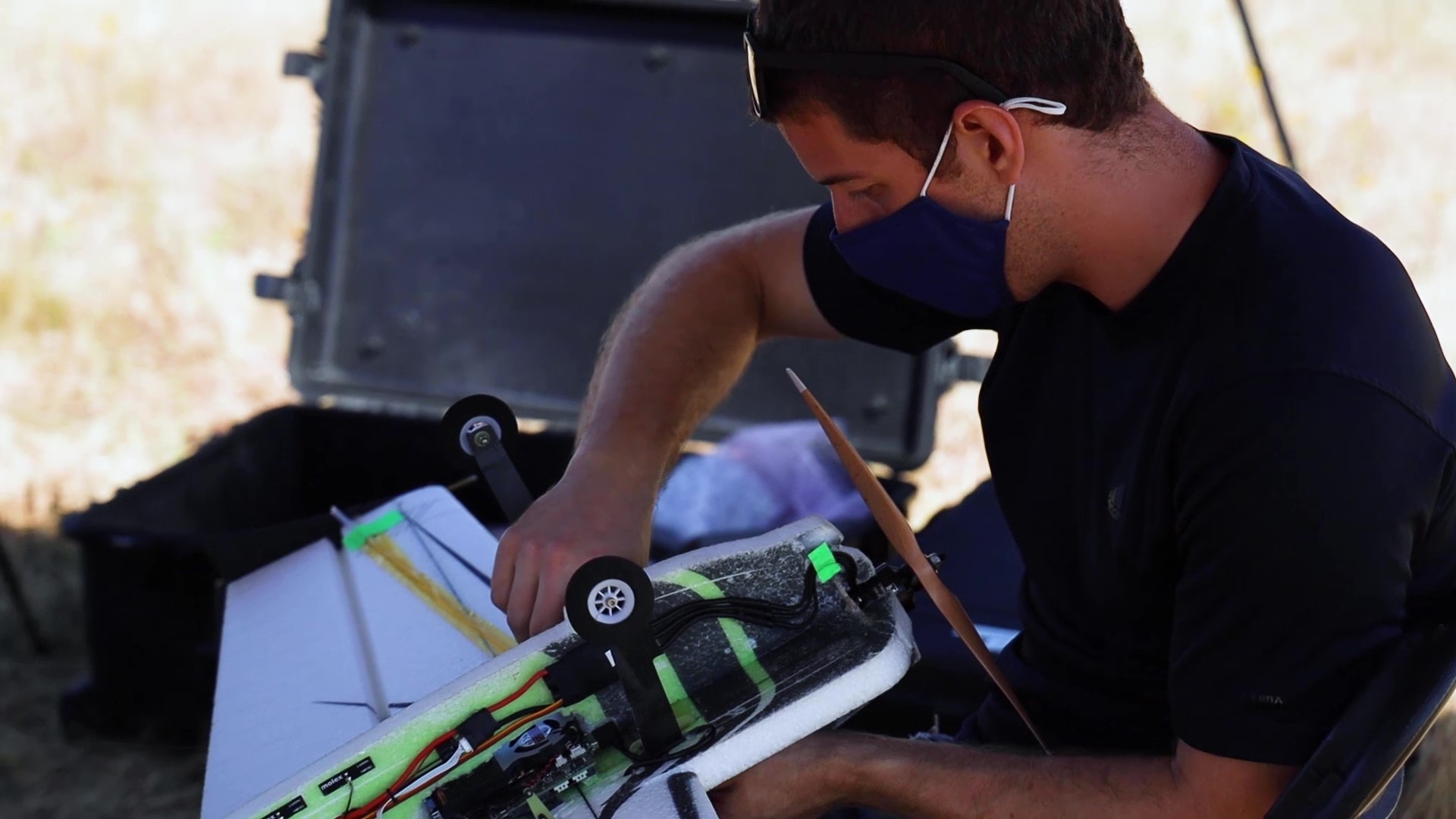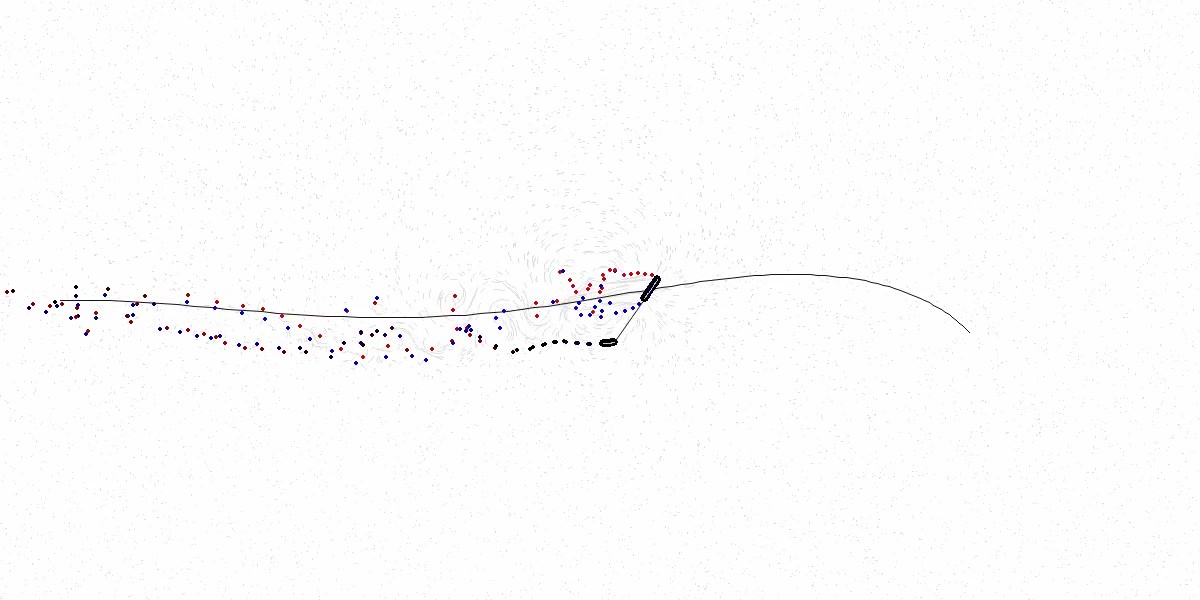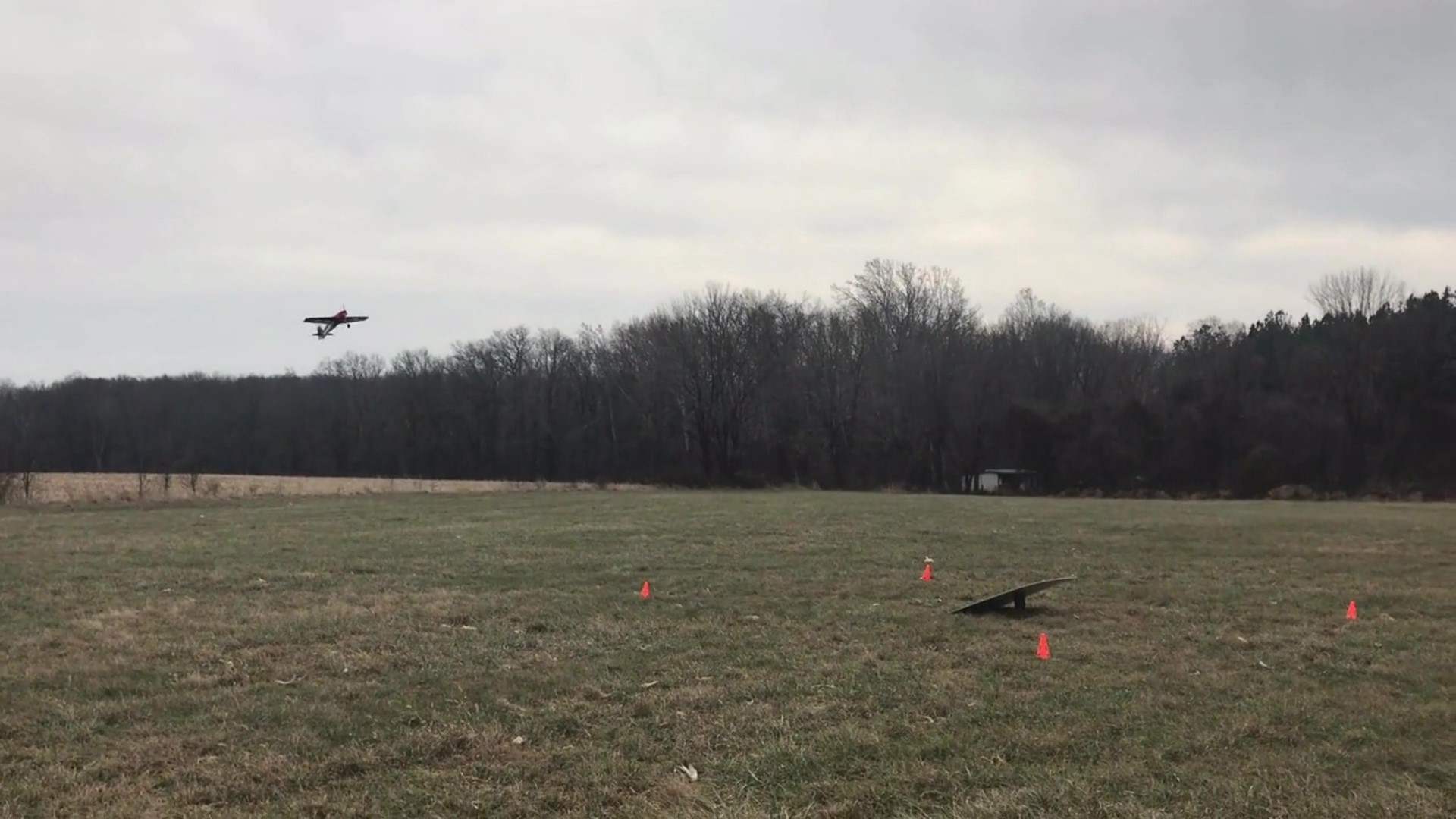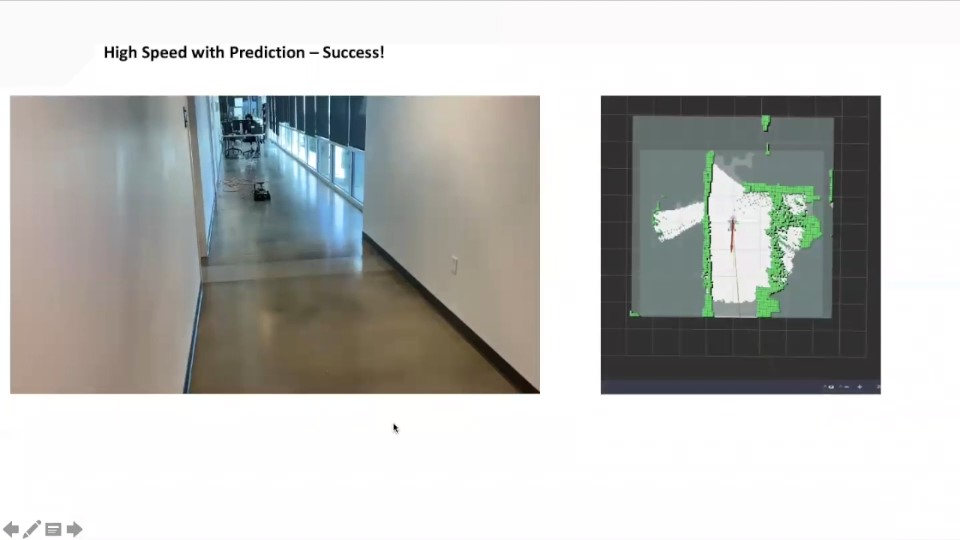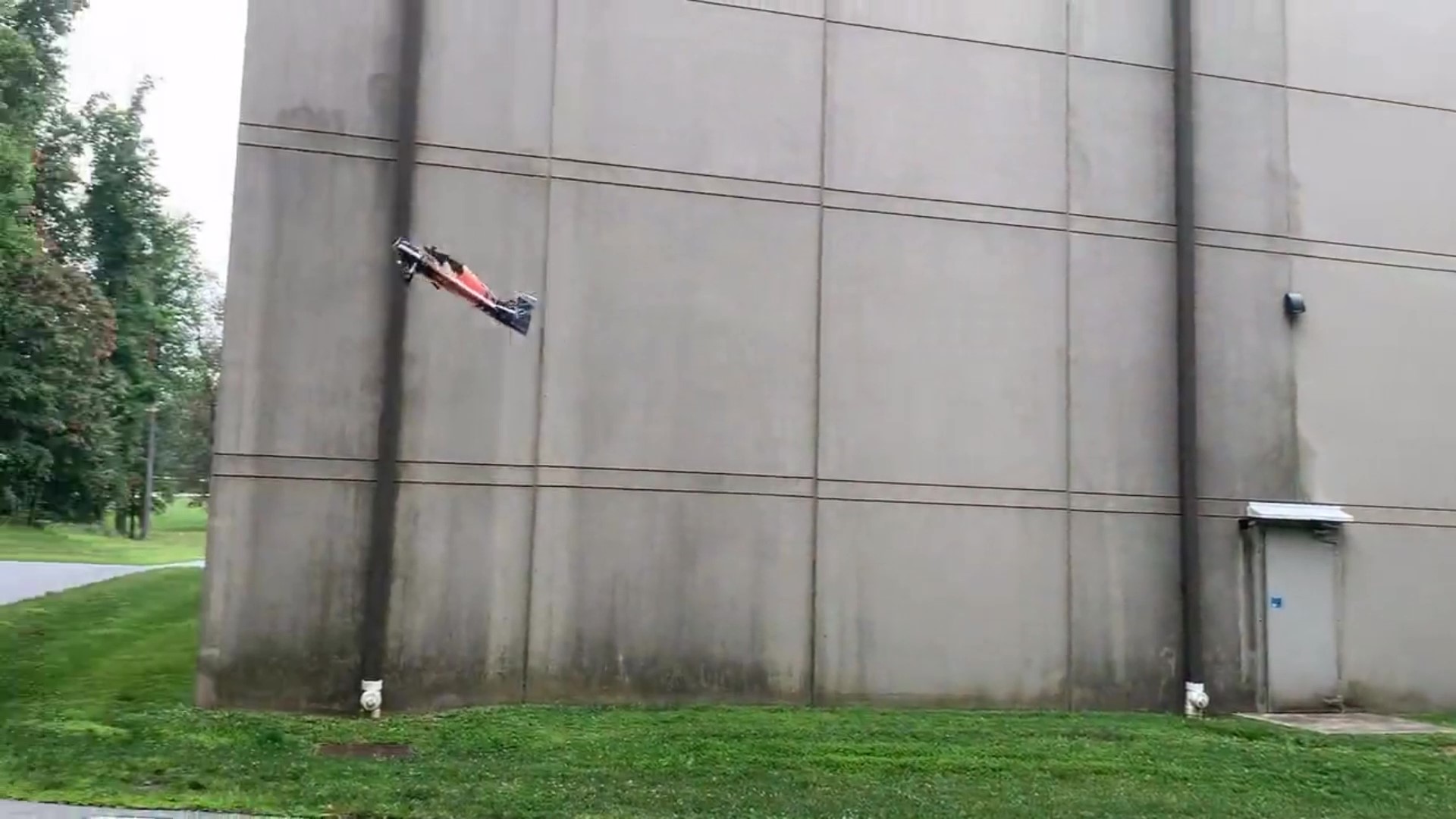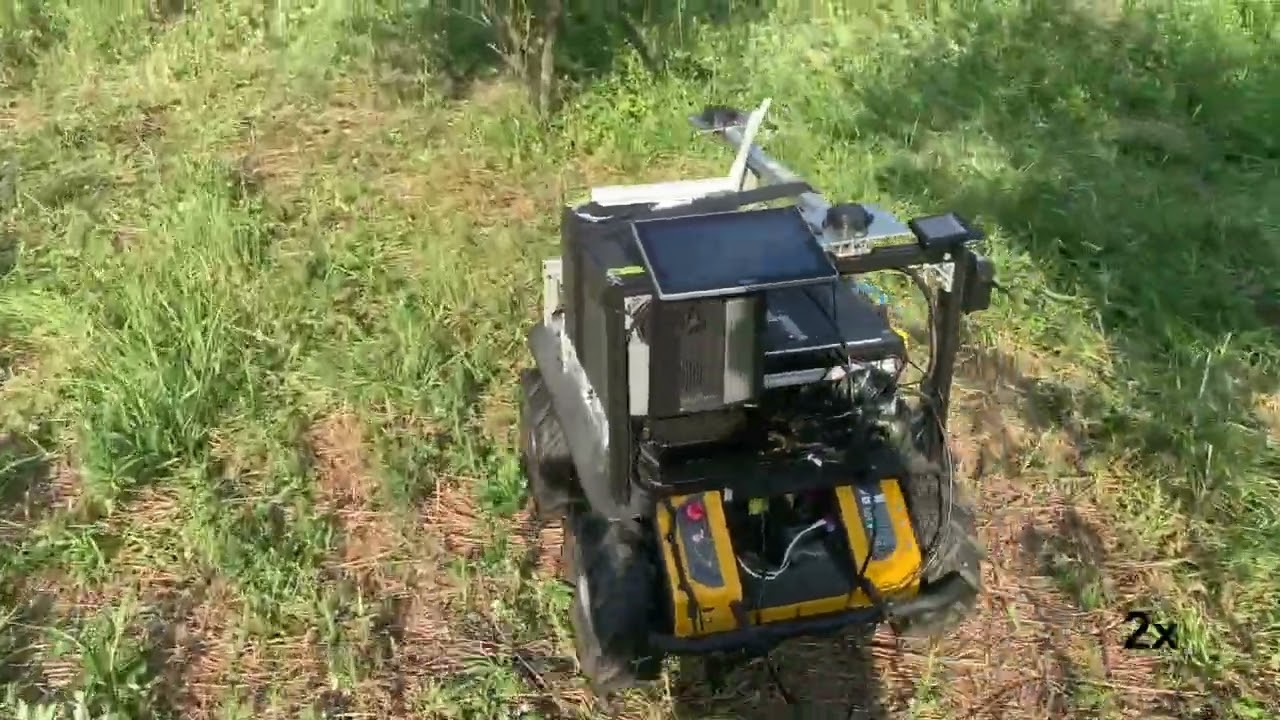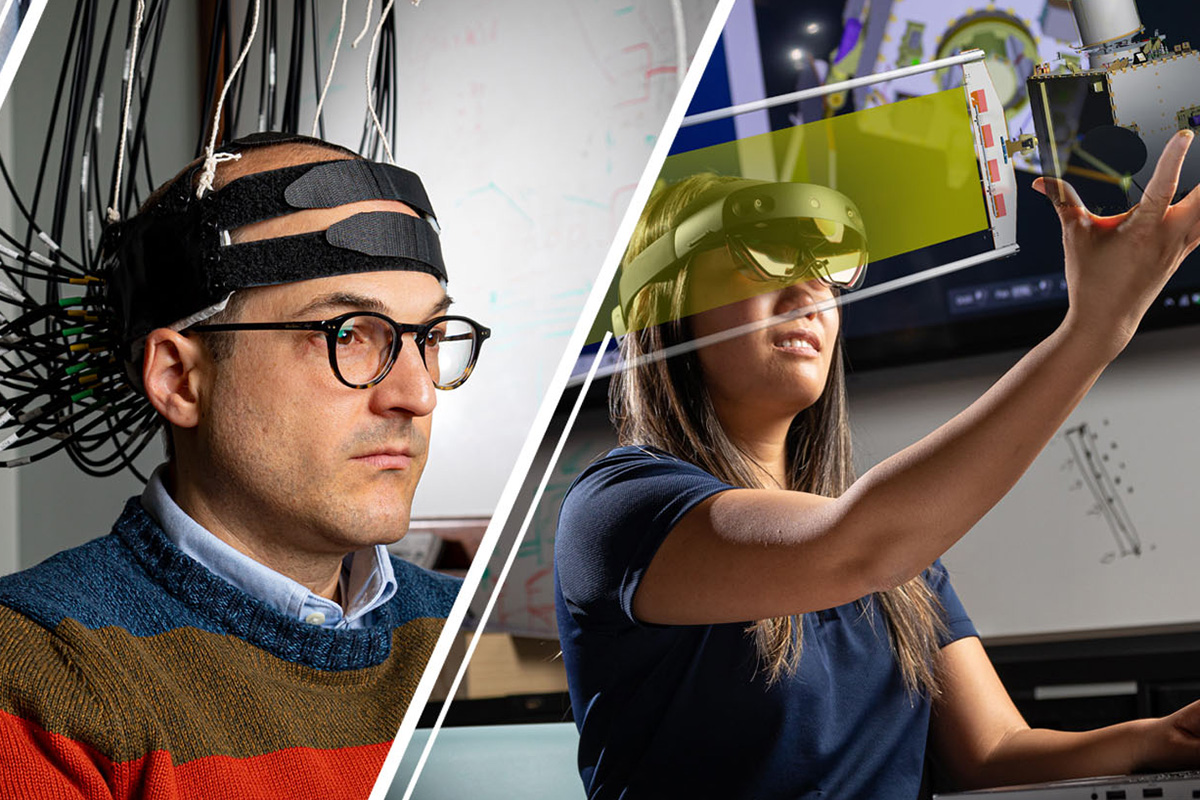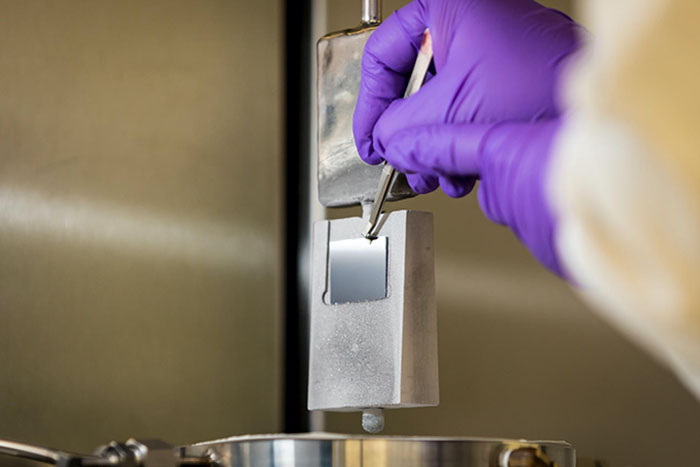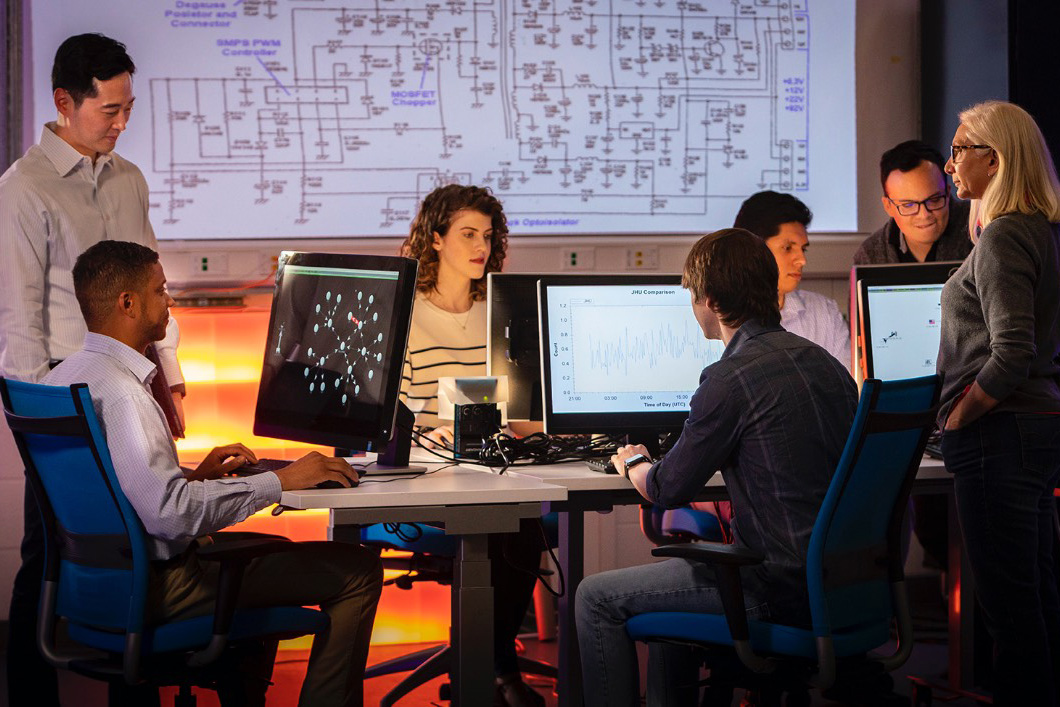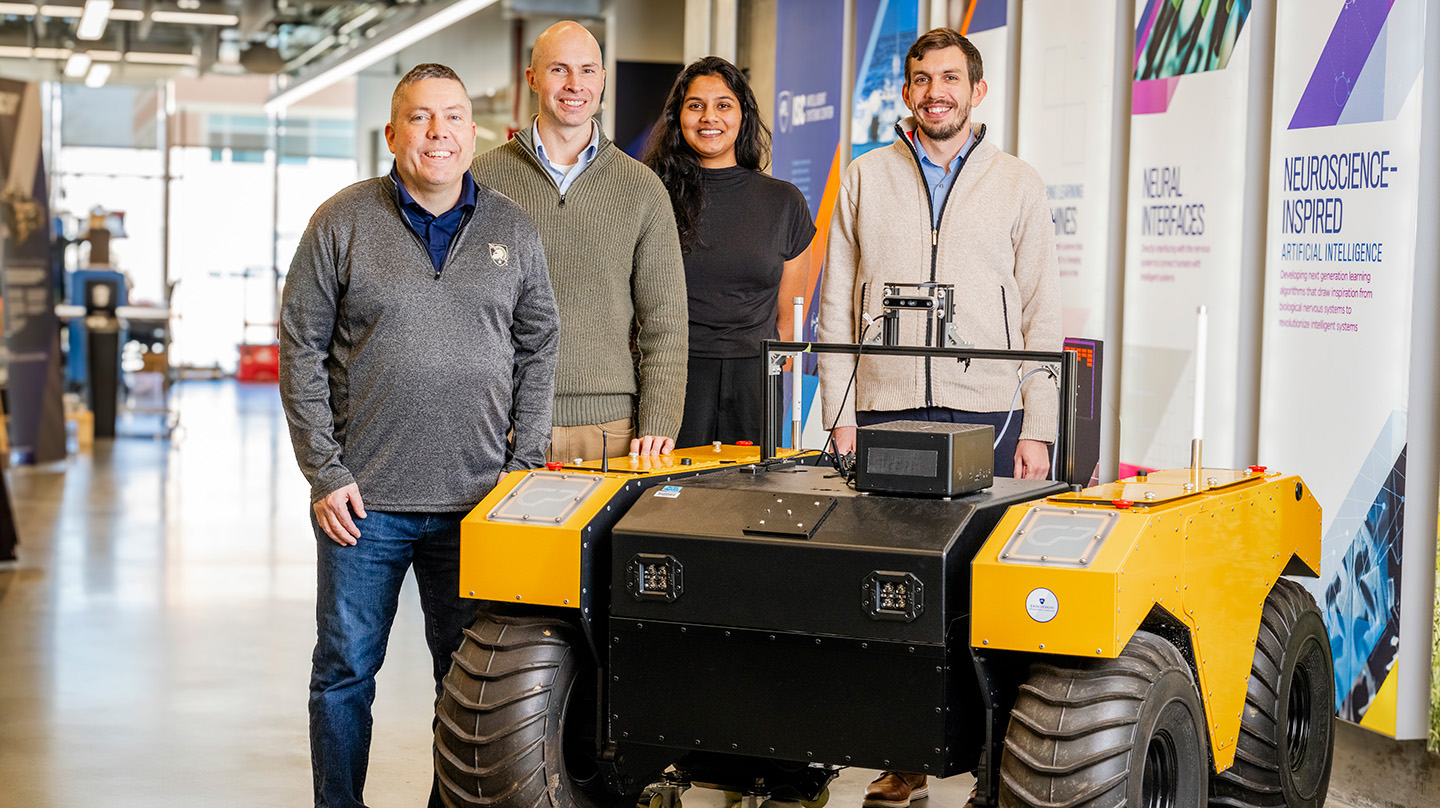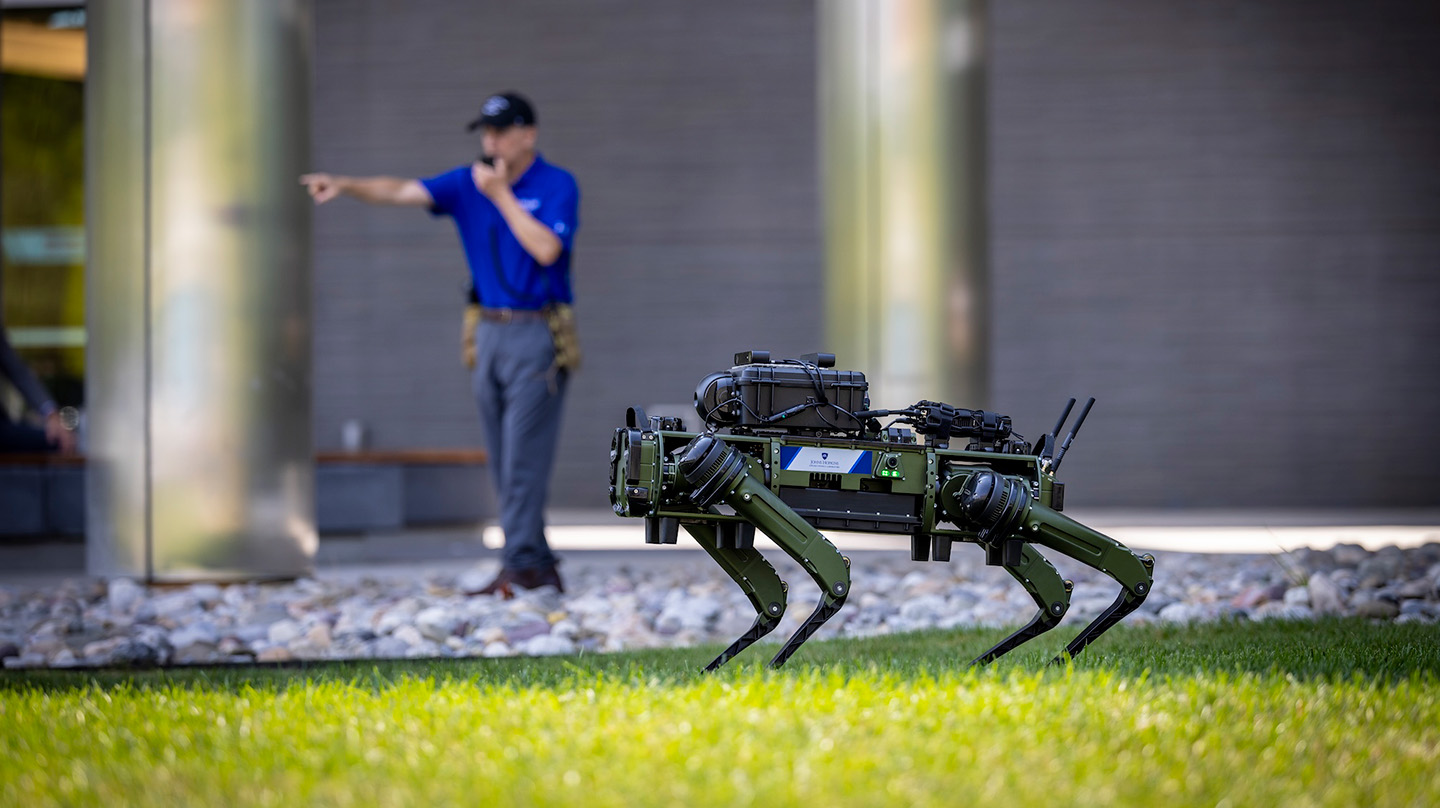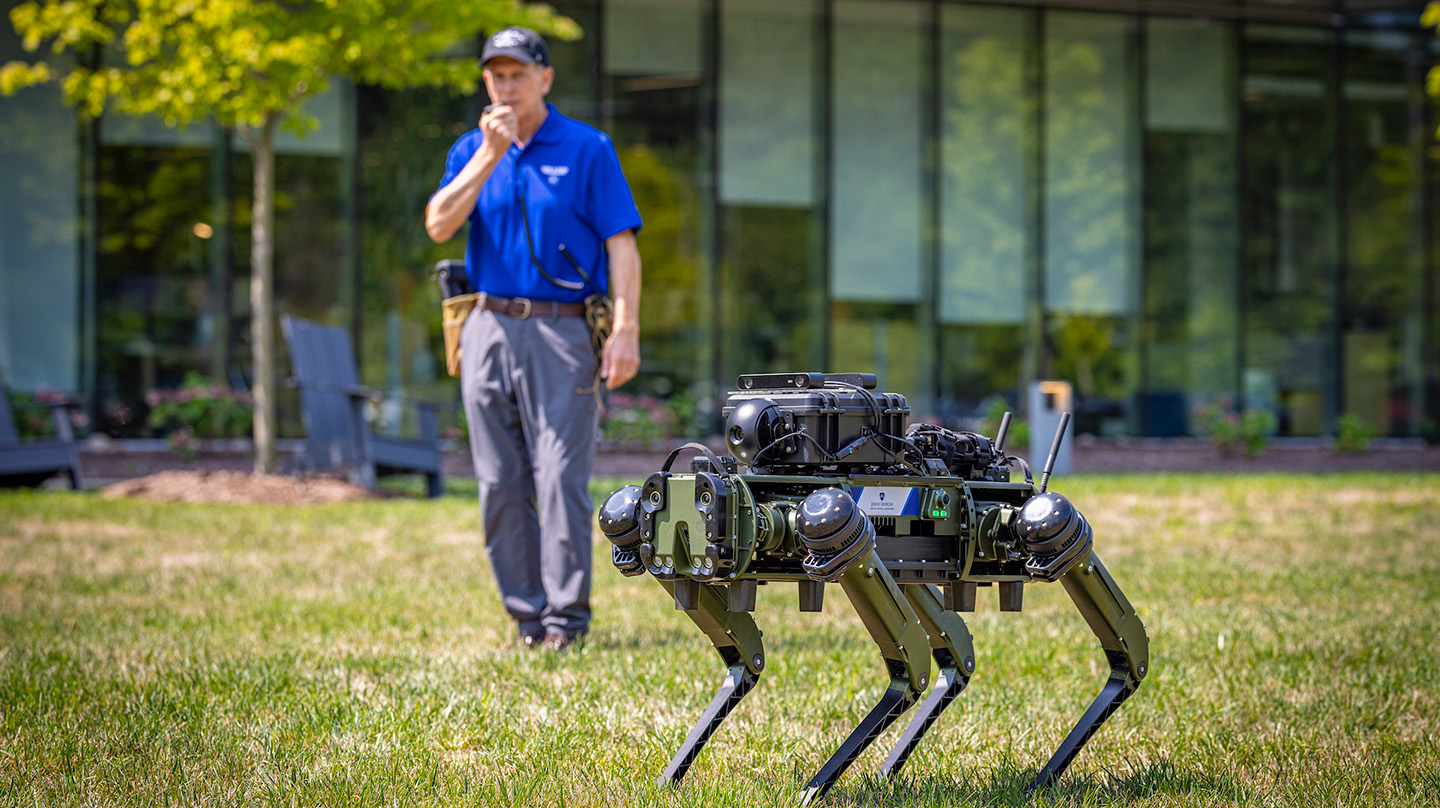Fixed-Wing Navigation in Constrained Environments
Direct NMPC for Post-Stall Motion Planning with Fixed-Wing UAVs
Max Basescu and Joseph Moore
2020 IEEE International Conference on Robotics and Automation (ICRA)
Agile Fixed-Wing UAVs for Urban Swarm Operations
Max Basescu, Adam Polevoy, Bryanna Yeh, Luca Scheuer, Erin Sutton, and Joseph L. Moore
Field Robotics, vol. 3, pp. 725–765, 2023, doi:10.55417/fr.2023023
Dynamic Wing-Morphing Control
Path Planning for a Morphing-Wing UAV Using a Vortex Particle Model
Gino Perrotta, Luca Scheuer, Yocheved Kopel, et al.
2023 IEEE/RSJ International Conference on Intelligent Robots and Systems (IROS 2023)
Precision Post-Stall Landing
Precision Post-Stall Landing Using NMPC with Learned Aerodynamics
Max Basescu, Bryanna Yeh, Luca Scheuer, Kevin Wolfe, and Joseph Moore
IEEE Robotics and Automation Letters, vol. 8, no. 5, pp. 3031–3038, 2023, doi:10.1109/LRA.2023.3264738
Precision Post-Stall Landing Using NMPC with Learned Aerodynamics
Max Basescu, Bryanna Yeh, Luca Scheuer, Kevin Wolfe, and Joseph Moore
2023 IEEE/RSJ International Conference on Intelligent Robots and Systems (IROS 2023)
